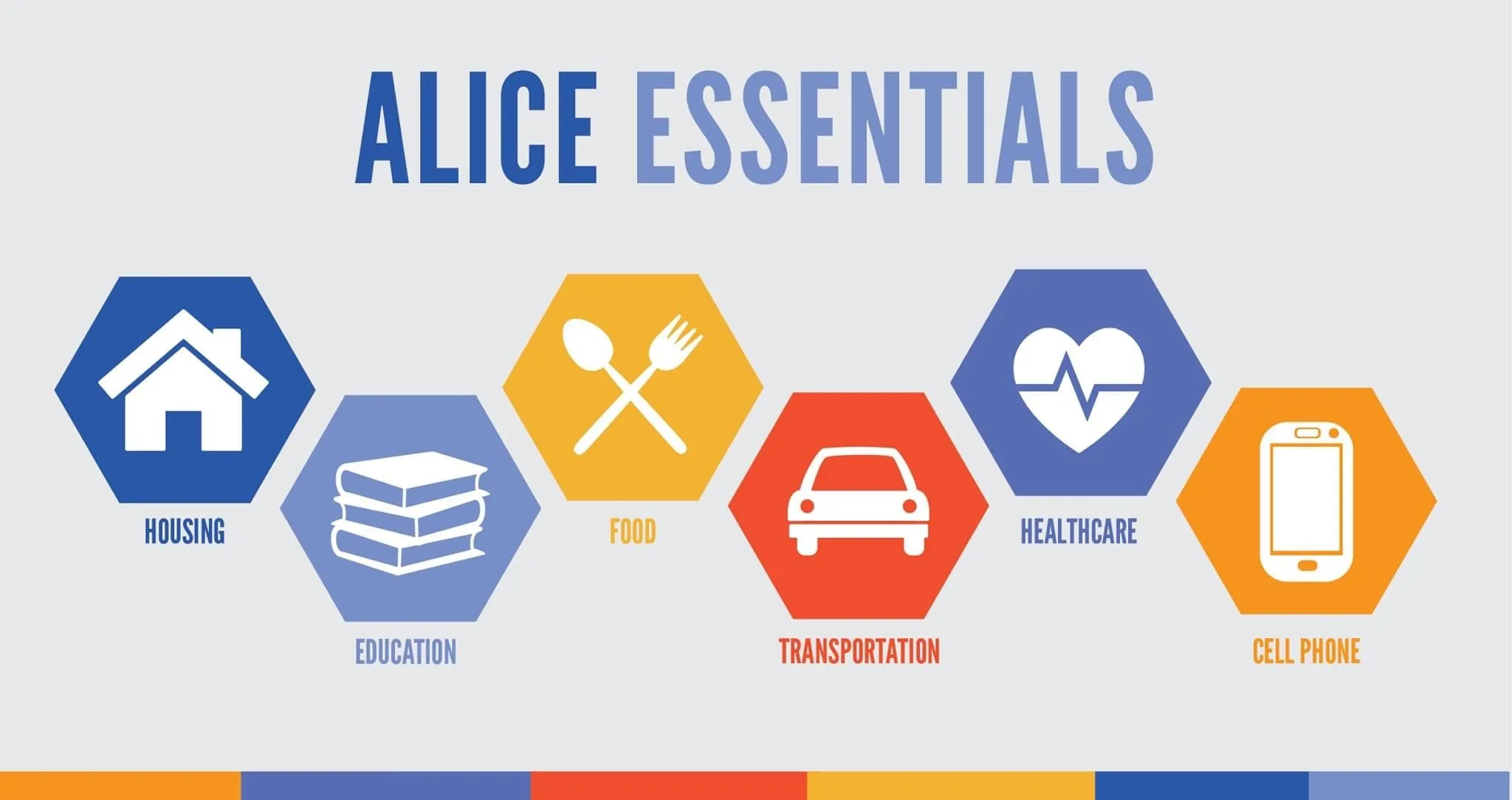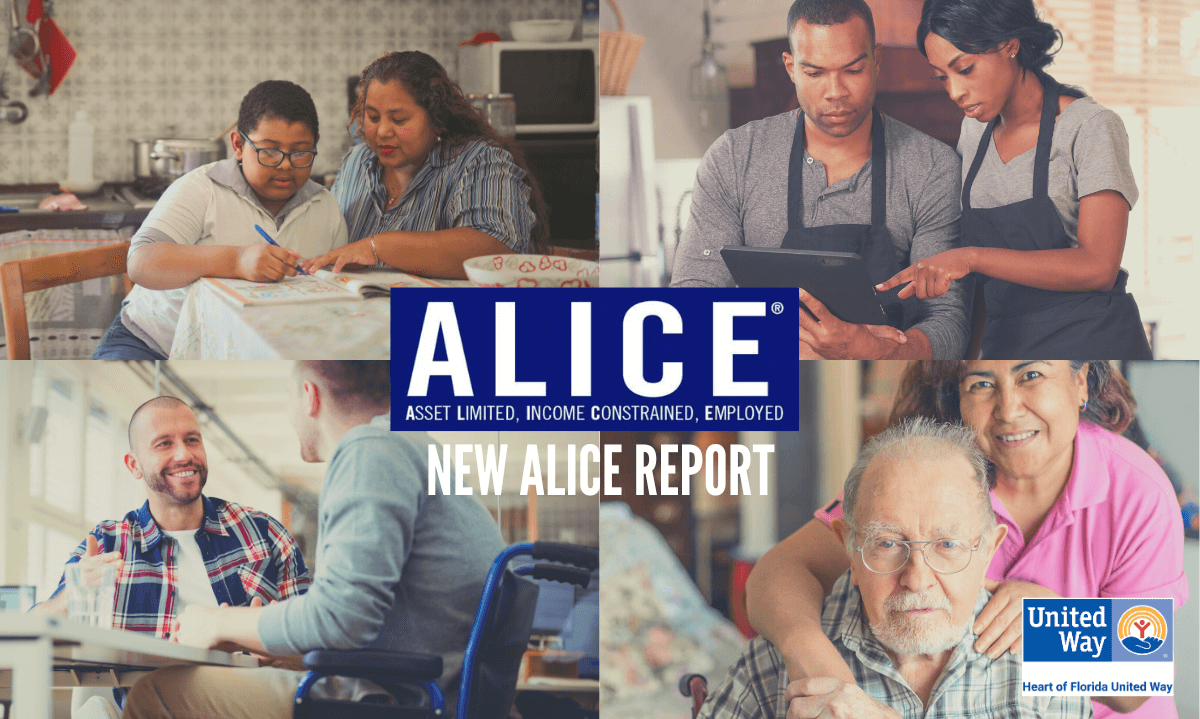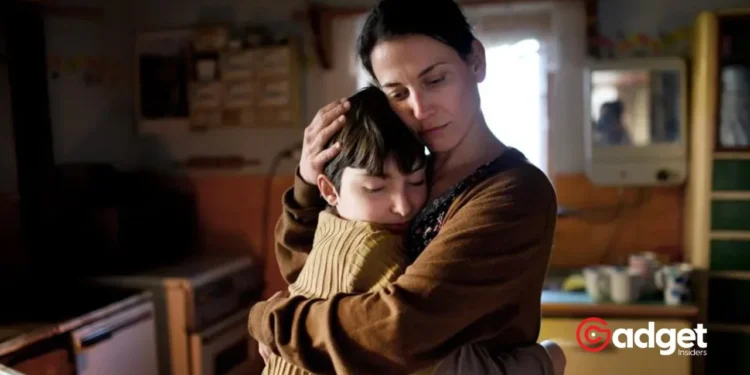In an era marked by economic fluctuations and rising living costs, a significant segment of the U.S. population finds itself caught in a financial paradox. These are the ALICE households—Asset-Limited, Income-Constrained, Employed. Despite holding jobs, nearly a third of American families are struggling to meet their basic needs, highlighting a critical socio-economic issue that demands attention.

The Plight of the Working Poor
ALICE, an acronym that encapsulates the predicament of being asset-limited and income-constrained while employed, describes individuals and families who earn above the federal poverty level but not enough to cover essential living expenses. This economic bracket includes people who, despite their employment, face continual challenges such as affording healthcare, childcare, housing, and even daily necessities like food and clothing.
Recent data from the U.S. Bureau of Labor Statistics reveals alarming trends: rent spiked by 6.1% from January 2023 to January 2024, car insurance premiums soared by 20.6%, and outpatient medical services saw an 8.3% increase in costs. These rising expenses significantly burden ALICE households, which often live paycheck to paycheck and must frequently sacrifice quality or forgo essential needs altogether.
26% of Louisianans live in poverty — if you include the working poor (ALICE) 51% (MORE THAN HALF) of the households in our state don't have enough to meet basic monthly expenses.
Things are getting worse for more people.
But gotta help the corporations. https://t.co/c4NXjFKCN2— Erika Zucker (@ErikaZucker) June 7, 2023
The American Reality: A Closer Look at ALICE Statistics
According to the advocacy group United for ALICE, approximately 29% of U.S. households currently fall into this category, while an additional 13% live below the federal poverty level. The definition of poverty for a family of four is an annual income of $31,200 or less, starkly contrasting with the income requirements that leave many unable to qualify for federal aid like the Supplemental Nutrition Assistance Program (SNAP).

“From Rent to Food: The Daily Challenges Faced by ALICE Families Across America”
The COVID-19 pandemic exacerbated these difficulties. Consider the case of Gabriel and Cherry Galarza from New Jersey. Gabriel, a wedding photographer, saw a drastic reduction in work, while Cherry, employed in the insurance sector, became the primary earner. The couple, with two young children, faced stark realities: Cherry couldn’t afford eggs for two weeks, resorting to feeding her family peanut butter. Government aid was out of reach due to their income level, leaving them in a precarious position until they received support from a local United Way program.
A System Struggling to Keep Up
The reality for ALICE households extends beyond mere statistics. These are families unable to indulge in simple pleasures like dining out or attending concerts, as every dollar is stretched to cover the basics. Despite improvements in employment rates and nominal wage increases, inflation has eroded much of the real income gains for many Americans, leaving the ALICE population effectively stagnant in financial growth.
This economic dynamic raises important questions about the adequacy of current government measures to address the needs of the working poor. While fewer Americans live below the poverty line, the growing prevalence of ALICE households points to a deeper systemic issue: the inability of current wages to keep pace with the cost of living.
Conclusion: Addressing the ALICE Challenge
The ongoing struggles of ALICE households reflect a broader economic vulnerability that affects nearly a third of Americans. As policymakers and community leaders grapple with these issues, the need for a holistic approach to economic assistance is clear. Programs that address wage inadequacies, provide affordable childcare, and ensure access to healthcare are critical in shifting the tide for ALICE families. Only then can the promise of stability and prosperity become a reality for all working Americans.










